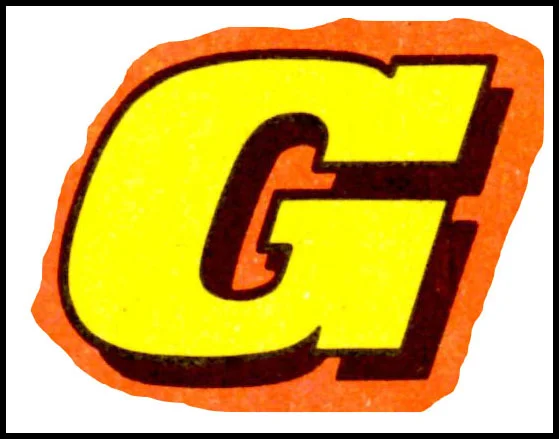Story File: Saddle Tramp
These Eagle photo-stories are good for a laugh, no doubt about that. I’ve mocked them a little myself on their previous few appearances on the blog. But I don’t think they were quite the disaster that it’s easy to assume they were. The new Eagle was launched by IPC in the spring of 1982, with a number of notable selling points designed to appeal not only to readers’ dads who would have read the original comic, but to the new young generation itself. Dan Dare and the Mekon, and the famous ‘cutaway diagram’ feature, were brought back in modern form, there were opportunities to nominate hero dads and glamorous teachers, and photo-interviews with – gasp – females, such as Clare Grogan and Suzanne Dando (‘It never would have happened in my day’, I remember my dad muttering, enviously). And then there were the photo-stories – the likes of which had never been seen before in boys’ comics, although they had been running in the new Girl comic for some time before Eagle.
Eagle’s editor Barrie Tomlinson mentioned in a recent Thrill-cast interview that the photo-stories weren’t as well suited to boys’ comics because special effects were much harder to show, and the boys’ stories were generally more action-based which also didn’t work so well in photographs. There are an awful lot of rather awkwardly posed and unconvincing fighting, running and startled reaction shots in these stories. But … hey, I think they had a certain charm and they were new and different enough to hold the attention. They ran in Eagle for about a year and a half before the comic decided to switch to drawn stories only. I reckon they would have been considered valuable in having attracted additional attention for the comic. The fact that Eagle lasted that long without threat of cancellation (or merger into 2000AD?) suggests to me that they hadn’t been a complete disaster.
In fact, I was surprised to discover that 11-year-old me rather liked some of the photo-stories. In the course of researching and scanning this Saddle Tramp Story File I found this rather amusing reader survey form that I completed and never sent in.
As well as reminding me of my all-consuming passion for football stickers at this time in my life (this is true: I used to spend every penny of my lunch money on packets of Panini España ‘82 from the Tonibell ice cream van that pulled up outside our school), it shows that I ranked Eagle’s stories in the following order: 1) Doomlord (photo); 2) Dan Dare: Return of the Mekon (drawn); 3) Thunderbolt and Smokey (photo); 4) The Collector (photo); 5) Saddle Tramp (photo); 6) Sgt. Streetwise (photo); 7) Joe Soap (photo); 8) The Tower King (drawn). I confess, I’m slightly surprised by this as I now think The Tower King, with lovely Jose Ortiz art, was excellent, but the evidence is undeniable: photo-stories worked for me.
Also, ‘Which type of Free Gift would you prefer?’ I’m impressed that I chose a badge, rather than sweets – or even stickers! Today, I’d probably choose ‘Things you can throw’ and hope for some rocks, eggs, or maybe a javelin.
So, Saddle Tramp. My fifth favourite story in Eagle at this time. The story is set in the American South, close to the border with Old Mexico, in the late 1870s. Trampas is a hirsute ex-Confederate soldier, now grizzled bounty hunter, who rocks up in town carrying a saddle on his back. After announcing that his horse died of thirst and he has walked through the desert for three days, Trampas obtains a wad of Wanted posters from the sherrif’s office (with a greed akin to my obtaining thirteen packets of España ‘82 from Tonibell) and sets off in pursuit of bad-ass fugitives from justice so that he may make his fortune.
Saddle Tramp lasted only thirteen weeks but in that time, Trampas apprehended and usually killed a healthy number of outlaws. A recurring theme seemed to be that he would earn enough money to buy himself a new hoss, but the poor beast would be killed by the end of next week’s instalment. Villains included Yellowhead, who operated under a secret identity until Trampas discovered that she was a woman. She died when her carriage tipped over a cliff-edge, in an example of the sort of action sequence the photo-stories struggled to tell convincingly. Trampas’ nemesis was the psychotic, lank-haired Mescalero who, having been captured in the story’s first adventure, returned for the series climax and forces our hero to march once again through the desert without water. But Trampas uses his cunning to win the day, inserting the gold coins from his previously-won bounty into a stovepipe in a campfire, creating a makeshift mortar which kills the screaming Apache. Having lost all his money, Trampas hoists his saddle back over his shoulder and returns to the hunt for his fortune. One suspects this is the life he will always lead.





























